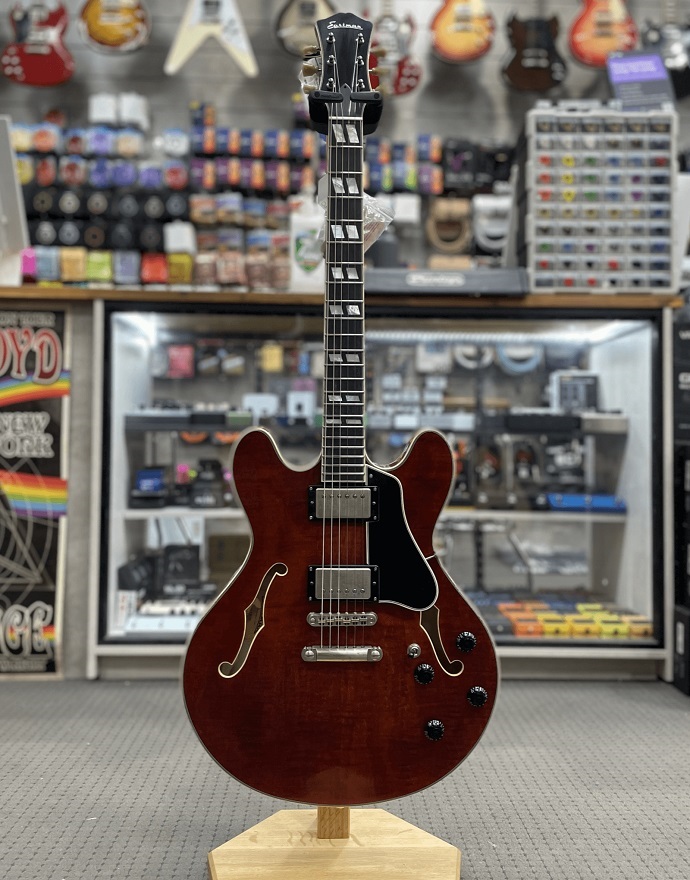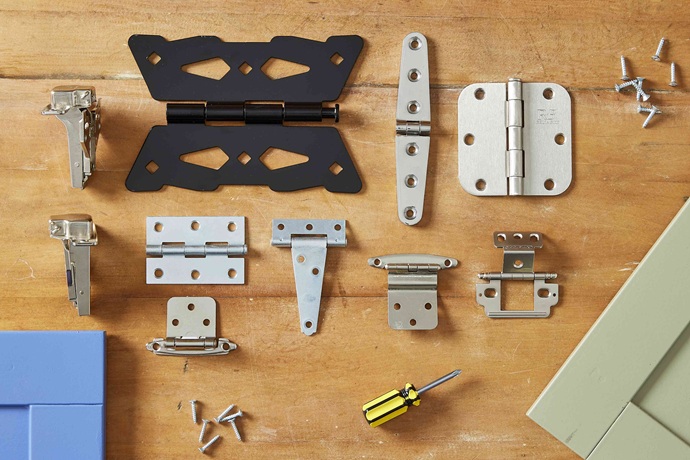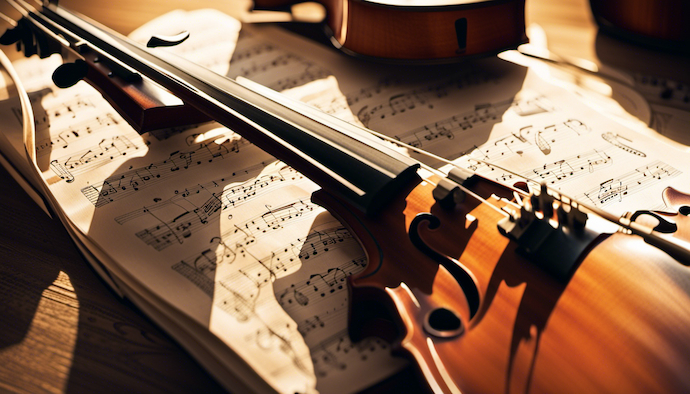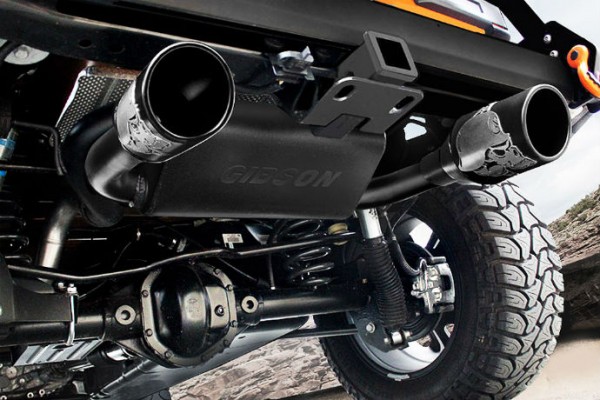Music has a long and rich history, with centuries of instruments being developed and evolved to create the sounds we know and love today. Even in the ancient world, people turned to musical instruments as a form of creative expression and to bring people together. The guitar, in particular, has been a staple in the world of music since its creation in the 15th century.
But not all guitars are created equal. Each one has its own unique sound and feel, with some being more coveted than others. One particularly notable range is the well-tuned and responsive guitar by Eastman collection that combines craftsmanship and quality materials to produce exceptional sound.
Origins
Eastman has a rich history that can be traced back to the 17th-century German luthier traditions. It is interesting to note that although the most prized instruments from the 17th and 18th centuries are commonly associated with Italy, it is worth mentioning that some of the renowned “Italian” makers, including Steiner, Goffriller, and Tecchler, were actually of German origin.
The rich tradition of violin-making in Germany traces its roots back to the charming town of Füssen. In the 17th century, the luthiers of Füssen were forced to relocate to various small towns across Europe due to the upheaval caused by the Thirty Year’s War. It is fascinating to see how the schools of violin-making that originated in these regions during the 17th century continue to thrive to this day, maintaining a rich and unbroken lineage from the luthiers of Füssen.
The tradition of German luthiery has strong ties to the guild system. Within this system, aspiring luthiers embark on an apprenticeship programme where they engage in various workshop duties, including cleaning, tool upkeep, and basic carving. As they progress in their training, individuals are entrusted with increasing levels of responsibility, transitioning from an apprentice to a journeyman. After completing two years of journeyman training, luthiers can apply for a master’s examination. This examination is a rigorous test of their skills and knowledge, conducted by a board of selected masters.
During the 19th century, the master luthiers of that time were influenced by the Industrial Revolution, which prompted them to adjust their craft to the emerging assembly line techniques. Skilled wood carvers were brought on board to handle the labour-intensive task of crafting instruments, while the production process was carefully supervised. Thanks to this innovation, a single master or family of masters could now produce a significantly larger number of instruments at a more affordable price.
Reviving Age-Old Techniques

Qian Ni, a highly skilled flautist hailing from Beijing, established Eastman in 1992 following his completion of studies at the prestigious Boston University School of Music. It was beyond his wildest dreams to see how the company had transformed over three decades, from a humble operation in the back of his car to a major player in the global music industry.
In 1994, a strategic decision paved the way for Eastman Guitars to grow remarkably in the following 30 years. In a departure from his distribution business, Qian decided to establish his own master workshop, drawing inspiration from the renowned German luthier workshops. Located on the outskirts of Beijing, this workshop has played a significant role in establishing Eastman Strings as a renowned brand known for its exceptional tonal beauty and impeccable craftsmanship. The luthiers he collaborated with in the past continue to oversee the string shops to this day.
During the mid-20th century, the global political landscape significantly impacted the accessibility of historic workshops, leading to their closure or limited access to individuals outside their respective countries. As a result, the subsequent wave of student-model string instruments became predominantly machine-made. This meant that numerous musicians would go through their entire musical journey without ever getting the chance to play a high-quality instrument unless they reached an advanced level and could afford a professional or antique model.
To combat this trend, anyone making a guitar by Eastman has a dedicated commitment to using hand-held chisels, gouges, and scrapers. These tools were entrusted to exceptionally talented craftspeople, who skilfully crafted the contemporary instruments and bows that are renowned today. Ni is thrilled to be a part of this exciting new chapter in the history of string instruments, as they are deeply passionate about the craft and its rich heritage.
Most Popular Eastman Guitars
Eastman Guitars is known for producing high-quality, handcrafted instruments that offer exceptional playability, tone, and craftsmanship. While the popularity of specific models may vary depending on individual preferences and musical styles, several Eastman models have garnered widespread acclaim and popularity among musicians.
- Eastman E10D and E20D Dreadnought: These models are part of Eastman’s Traditional Series and are based on the iconic Martin D-18 and D-28 dreadnought designs. They feature solid Sitka spruce tops, solid mahogany or rosewood backs and sides, and traditional scalloped X-bracing for a balanced tone and excellent projection.
- Eastman AC422CE and AC722CE Grand Auditorium: These Grand Auditorium acoustic-electric guitars offer a versatile and balanced tone suitable for a wide range of playing styles. They feature solid Sitka spruce tops, solid rosewood or mahogany backs and sides, and Fishman electronics for amplified performance.
- Eastman T486B and T486: These semi-hollow body electric guitars are part of Eastman’s Thinline series and are inspired by classic Gibson ES-335 designs. They feature laminate maple tops, backs, and sides, with a centre block for reduced feedback and enhanced sustain. The T486B model also features a Bigsby vibrato tailpiece for added vintage flair.
- Eastman AR372CE and AR580CE Archtop: These archtop electric guitars are crafted in the tradition of classic jazz guitars from the mid-20th century. They feature carved spruce tops, laminated maple backs and sides, and floating pickups for a warm, resonant tone with excellent clarity and articulation.
- Eastman MD315 and MD515 Mandolin: These F-style mandolins are part of Eastman’s Mandolin Series and offer exceptional craftsmanship and tone. They feature solid spruce tops, solid maple backs and sides, and hand-carved arches for a rich and vibrant sound that’s well-suited for bluegrass, folk, and other acoustic styles.





















